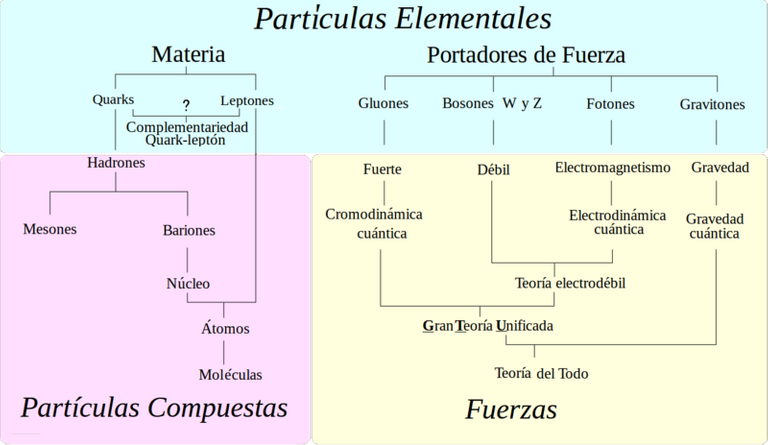
A general vision of the different families of elementary particles, and the theories that describe his interactions, source of image of mastery of Wikimedia Commons.
During some time one believed that electrons, neutrons and protons were elementary particles; at present he believes, that the this majority of the particles formed by the union of the quarks. The elementary particles are the one that, in a certain moment, was considered to be simple, without being formed by others, the most well-known there are the proton, the neutron, the electron, positron and the neutrinos. At present the physicists classify the elementary particles under three classes:
1.-Leptones.
2.-Quarks.
3.-elementary Bosones vectoriales.
Of theoretical form and experimentally the existence of an antiparticle has been verified, for each one particle, good is elementary.
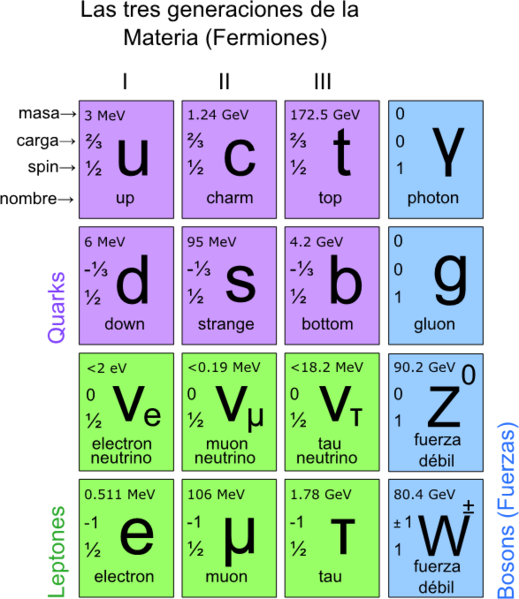
Standard model of elementary particles, source of image of mastery of Wikimedia Commons.
1.-Leptones is particles that interact weakly and are considered to be, as punctual entities without structures, the electron is most known of the leptones, also we have the muón and the tauón, these are identical to the electron but they have a very different mass, associated with each of these loaded leptones, exist a neutral so-called leptón neutrino (electronic, muónico, tauónico).
2.-Quarks they are particles, which present at the same time strong and weak interaction, there exist six fundamental types of quarks (up, down, strange, charm, top and bottom). The quarks possess electrical fractional load, which can have two only value:-1/3, 2/3, the interesting thing is seemingly they cannot exist as particles free, but they must do it in tied combinations of three quarks, three antiquarks or a partner, this groupings of quarks, which form relatively big compound particles are the hadrones, which in turn this can be two different classes, the bariones formed by three quarks ligatures as the proton, the neutron and the hiperones, the inns formed by a partner quarks-antiquarks. Eight exist at least bosones vectoriales as the mediators dela force of color between the quarks, these bosones are named gluones.
All the particles, apart from his other denominations due to other physical characteristics, are bosones and fermiones whereas the inns and photons are bosones. This denomination is based on the values of spin of every particle, which can be points, the particles that it has spin entirely receive the name of bosones and the statistics of Bose Einstein continue, whereas those who have it semientire are named fermiones, that follow the statistics of Fermi-Dirac.
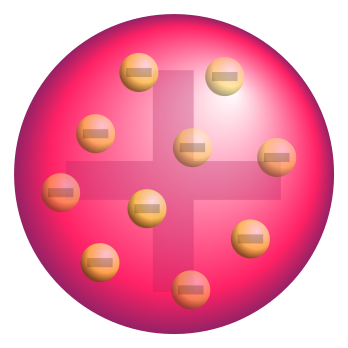
Representation of the model of Thomson. Sphere completes of positive load with inlaid electrons, source of image of mastery of Wikimedia Commons.
The atomic model of Thomson, is a theory on the atomic structure proposed in 1904 by Thomson, who discovered the electron in 1897, a few years before the discovery of the proton and of the neutron. In the model, the atom is composed by electrons of negative load in a positive atom, incrusted in this one as you them go on from a pudding. For this comparison, the fact was that the assumption was named the Model of the pudding of pasas, in the postulaba that the electrons were distributing uniformly inside the atom, suspended in a cloud of positive, separate load the atom was considered, as a sphere with positive load with distributed electrons, as small granules.

Joseph John Thomson (1856 - 1940), source of image of mastery of Wikimedia Commons.
The conclusions of Thomson were bold: the cathode beams were done of particles that it called ' corpuscles ', and these corpuscles were proceeding of inside the atoms of the electrodes, which means that the atoms are, in fact, divisible. Thomson imagined that the atom consists of these corpuscles in a sea full of positive load; this model of the atom, attributed to Thomson, was called the model of pudding of pasas, Also Thomson invented the positive beams and, in 1911, discovered the way of using to separate atoms of different mass, the target obtained turning the positive beams away by means of electrical and magnetic fields (spectrometry of masses), in such a way that it discovered, that the neon has two isotopes (the neon 20 and the neon 22).
The study of the cosmic radiation, as well as the experiments that are carried out in the accelerators of particles, have allowed to verify the existence of a much major number of elementary particles, all of them of ephemeral life, that is to say, that disintegrate in others; these particles have received the names of muones, tauones, inns, hiperones,
The number of elementary particles discovered up to the date exceeds the hundred, every particle exists the corresponding antiparticle, which possesses the same mass as she and equal load but of the opposite sign. This way, the antiproton is a particle with the same mass as the proton but whose load is a negative unit; the antielectron (that receives the name of positron) is just as an electron with positive load, the antiparticles have a very short life, since when they meet a particle they deteriorate liberating energy.
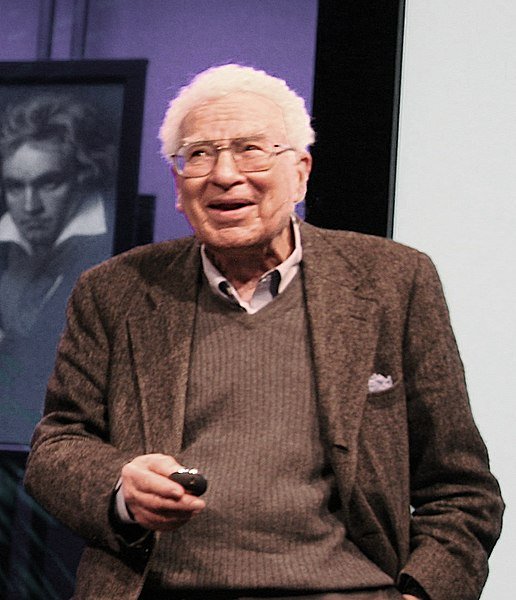
Murray Gell-Mann, The theory of Gell-Mann contributed order to the chaos that arose on having uncovered next to 100 particles inside the atomic nucleus, these particles, in addition to the protons and neutrons, they were formed by other elementary so-called particles quarks, the quarks stay joined thanks to the exchange of gluones. Together with other investigators he constructed the quantum theory of quarks and gluones, call cromodinámica quantum, source image of domain of of Wikimedia Commons.
The antiparticle is a particle, which differs from his corresponding particles for physics has some of his characteristics put up, also rest of happiness characteristics is identical to following the lead of the electrical charges, the antiparticle of the electron is the positron, which is loaded positively and that of the proton is the antiproton, it is loaded negatively, but in both cases particles and antiparticle has the same mass, remaining clear that the antiparticle of es spoils original antiparticle, in such a way that the antiparticle of the positron is the electron, since when a particle, it deteriorates liberating a big quantity of energy in accordance with the formula of Eintein, which expresses the equivalence between the mass and the energy.
Bibliography
elementary Particles for Ramón Fernández Álvarez, Marina Ramón Medrano - 2003.
Elementary Particles and the Basic Interactions for Rosa Maria Méndez - 2002.
Physics for the science and the technology for Paul Allen Tipler, Gene Fly - 2005.

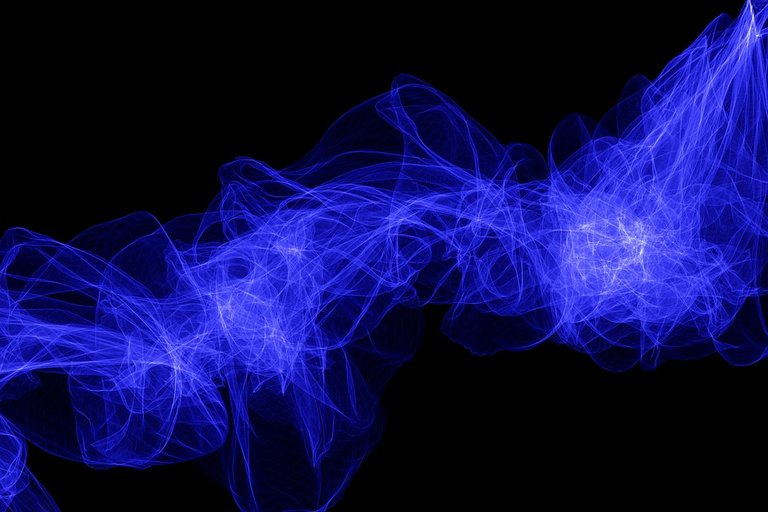
Congratulations @ghost78! You have completed the following achievement on the Steem blockchain and have been rewarded with new badge(s) :
Click here to view your Board of Honor
If you no longer want to receive notifications, reply to this comment with the word
STOPTo support your work, I also upvoted your post!
Do not miss the last post from @steemitboard: